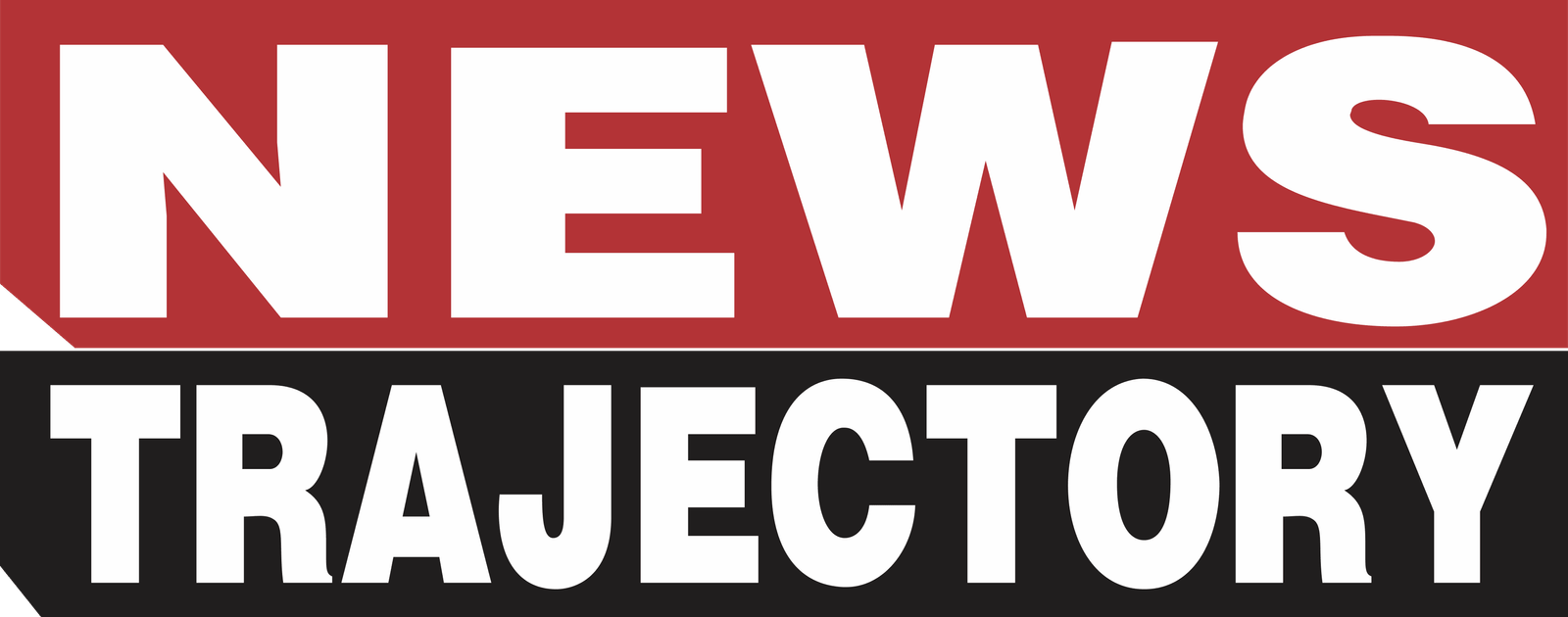Since the dawn of the late 19th century, the heart of India’s political and societal divisions has throbbed with a pivotal question: Should India embody a secular ethos or transform into a Hindu nation, mainly when Hindus constitute approximately 80% of its populace? The secular, inclusive vision championed by the Congress Party held these divisions at bay until the 1970s. However, the ascent of Hindu nationalist groups in the past few decades has sharply intensified these divisions. The blend of divisive leadership, India’s economic metamorphosis, evolving media landscapes, and intensifying caste politics has pushed polarization to its peak.
The heart of India’s political and societal divide since the late 1800s has centered around a critical question: whether India should remain a secular state or transform into a Hindu nation, reflecting its majority Hindu population. Initially, the secular, pluralist Congress Party’s dominance contained these divisions. However, the ascent of Hindu nationalist groups in the latter years has notably heightened these tensions.
The Bharatiya Janata Party (BJP), riding the wave of Hindu nationalism, clinched landslide victories in the 2014 and 2019 elections, amplifying the concerns tied to deep polarization. Attacks on the autonomy of political institutions have surged, the defense of pluralism by opposition parties has become more cautious, and violence against minorities, particularly Muslims, has spiked alarmingly. While the coronavirus pandemic seemed to momentarily soften these divisions by fostering a more unified leadership, it simultaneously deepened societal fissures and intolerance, especially against the Muslim community.
Today, polarization in India stands more toxic and entrenched than ever, showing no signs of waning. The battle between secular ideals and Hindu nationalist visions continues to be the epicenter of this divide. This struggle stems from colonial times, contrasting visions of what India should represent. Jawaharlal Nehru and Mahatma Gandhi envisioned India as a secular, diverse mosaic, while figures like V. D. Savarkar and the RSS championed a Hindu-centric identity, setting the stage for the ongoing polarization.
The polarization path saw Hindu nationalism gaining significant political ground by the late 1980s, further escalated by the BJP’s Narendra Modi in 2014. Modi’s tenure and the BJP’s electoral triumphs have sharply raised the stakes, with policies and rhetoric that have fueled division and unrest.
In the backdrop of the pandemic, while there was a superficial easing of polarization, societal divides, mainly targeting the Muslim community, have only deepened. Moreover, India’s economic changes, shifts in media narratives, and caste politics have all played pivotal roles in driving polarization, exploited astutely by Hindu nationalist groups.
The fallout has been widespread and severe, from escalating violence and intolerance to the political sidelining of minorities and a surge in identity politics. The BJP’s dominance has pressured opposition parties to inch closer to a Hindu nationalist stance, leaving few champions of secularism and pluralism standing.
Efforts to counter this trend and mend India’s societal fabric have emerged, ranging from political alliances against the BJP’s majoritarian tilt to initiatives to foster civic dialogue and interfaith understanding. Yet, as polarization reaches new heights, the resilience of India’s democratic and pluralistic spirit faces a stern test, with the future of its democracy wandering into uncertain territories.
ROOTS OF POLARIZATION: A HISTORICAL PERSPECTIVE
The dichotomy between secular and Hindu nationalist ideals of national identity lies at the heart of India’s current polarization. While divisions based on caste, class, language, or region exist, they are more pronounced at the subnational level. The foundational dispute over Hindu nationalism poses a significant threat to India’s liberal freedoms and pluralistic democracy.
This polarization has historical roots dating back to the colonial era, with two distinct visions of ‘India’ emerging. Leaders like Mahatma Gandhi and Jawaharlal Nehru championed a secular India, a nation unified despite religious differences. In stark contrast, figures like V. D. Savarkar advocated for Hindu nationalism through his 1923 book ‘Hindutva: Who Is a Hindu?’ This ideology gained mass movement status with the birth of Rashtriya Swayamsevak Sangh (RSS) in 1925, aiming to foster Hindu nationalist sentiments.
Today, polarization in India stands more toxic and entrenched than ever, showing no signs of waning. The battle between secular ideals and Hindu nationalist visions continues to be the epicenter of this divide
THE ESCALATING DIVIDE
Although the seeds of division over India’s national identity were sown earlier, it was not until the late 1980s that Hindu nationalism began to dominate politically. The BJP’s rise to power, especially under Narendra Modi’s leadership since 2014, has brought these tensions to a critical juncture.
Between 1947 and 1977, the Congress Party’s rule helped moderate these tensions, with significant events like Gandhi’s assassination by an RSS associate and Nehru’s leadership helping to temper the rise of Hindu nationalism. However, the emergence of the BJP in 1980 and the mobilization around the Ram Janmabhoomi movement signified a pivotal moment for the Hindu right, propelling it to national prominence.
POLARIZATION IN THE MODI ERA
Under Narendra Modi’s tenure, the BJP has not only solidified its electoral success but also intensified national divisions. Modi’s governance, characterized by a blend of economic promises and Hindu nationalist rhetoric, alongside his role in the 2002 Gujarat riots, has significantly polarized the nation. Despite hopes for a focus on economic reforms post-2019 re-election, the BJP has instead pursued policies that have further deepened these divides, such as the Citizenship Amendment Act (CAA) and the revocation of Article 370, impacting Jammu and Kashmir’s autonomous status.
PANDEMIC AND SOCIETAL POLARIZATION
The COVID-19 pandemic has complexly influenced India’s polarization. Modi’s initially unifying response to the crisis contrasted with a societal uptick in intolerance, mainly manifested in Islamophobia linked to the Tablighi Jamaat event. This period highlighted the persistent societal divides that extend beyond political leadership’s attempts at unity.
DRIVERS OF POLARIZATION
The roots of today’s polarization extend into various spheres, including economic transformations, media landscape shifts, and the rise of competitive caste politics. The BJP has adeptly harnessed these factors, further entrenching Hindu nationalist narratives.
The polarization has had broad and negative impacts, from increasing violence and intolerance to the marginalization of minority communities and the politicization of national security. Efforts to counter these trends, including political and judiciary resistance to majoritarian politics and initiatives to improve civic dialogue, highlight the ongoing struggle against deepening divisions.
India’s political landscape is at a critical juncture. With its democratic principles under strain, the nation’s future hangs in the balance, depending on its ability to navigate these polarizing forces and foster a more inclusive and harmonious society.
India, a land of unparalleled diversity and cultural richness, is currently navigating through the turbulent waters of majoritarianism and political polarization. This phenomenon, characterized by a growing divide along ideological, religious, and cultural lines, has etched deep scars across the societal fabric. The consequences of this division are profound, touching every corner of Indian life, from the serene landscapes of the Northeast to the bustling streets of Mumbai. In this article, we explore how majoritarianism and polarization have evolved to become more toxic today than in any recent decade and the challenges it poses to the ethos of democracy and pluralism that India prides itself on.
The political arena in India today stands sharply divided. Ideological battles are no longer confined to the parliament but have spilled over into the streets, homes, and social media platforms. The discourse is no longer about differing policies or visions for development but has morphed into a battle of identities. This polarization has created an environment where dialogue is shunned, and dissent is often met with hostility. The middle ground, once a place for compromise and mutual respect, has vanished.
IMPACT ON DEMOCRATIC INSTITUTIONS
India’s democratic institutions hailed as the bedrock of its independence and sovereignty, are now facing challenges. The judiciary’s independence, the electoral process’s impartiality, and the various watchdog agencies’ autonomy are scrutinized through political influence and interference. This scrutiny has raised concerns about the health of democracy in India. For democracy to thrive, these institutions must operate without bias, ensuring justice and fairness for all citizens, irrespective of their political affiliations or ideologies.
MEDIA’S ROLE IN AMPLIFYING DIVISIONS
The media, once considered the fourth pillar of democracy, often plays a significant role in deepening the divide. Sensational reporting, biased narratives, and the proliferation of fake news have created an atmosphere where opinions usually overshadow facts. While digital media has democratized information, it has also led to the formation of echo chambers where individuals are rarely exposed to differing viewpoints, further entrenching polarization.
Amid this backdrop of division and discord, how can India navigate back to a more inclusive and less polarized state? The answer lies in fostering dialogue, promoting inclusivity, and strengthening the institutions safeguarding democracy and pluralism. It requires the collective effort of political leaders, civil society, and the media to move beyond divisive rhetoric and work toward rebuilding the nation’s social fabric.
Hand in hand with majoritarianism is the deepening polarization within the society. The divide is not just ideological but has permeated the essence of social interactions, media consumption, and public discourse. The binary of “us” versus “them” is more pronounced than ever, creating chasms where there used to be common ground.
The role of digital media in exacerbating this divide cannot be overstated. Social media platforms, often acting as echo chambers, amplify the voices that subscribe to extreme views, further polarizing the population. The discourse is no longer about finding a middle ground but asserting one’s dominance and viewpoint, sidelining empathy and understanding.
Meanwhile, as India stands at a crossroads, the options made now will define the trajectory of its democratic ideals and societal harmony for generations to come. Overcoming majoritarianism and polarization is not just a political necessity but a moral imperative to preserve the essence of India’s diverse and vibrant democracy.

